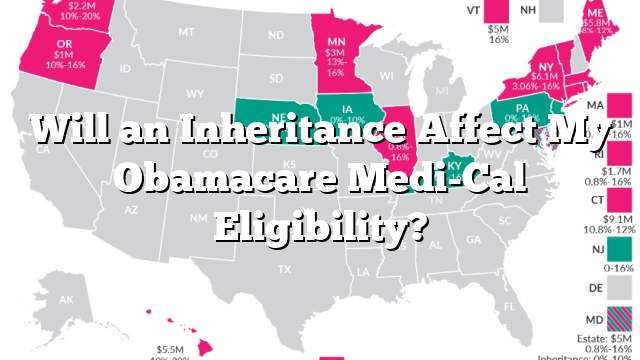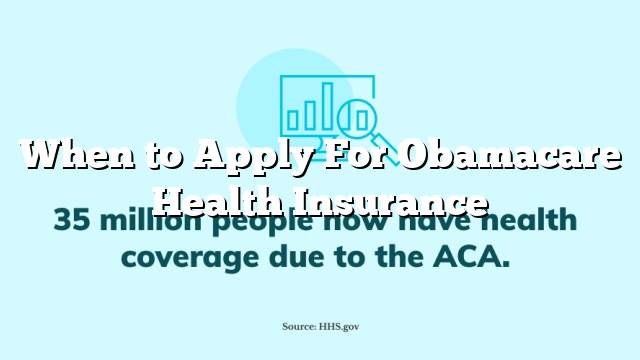

Even after several attempts by political forces to undermine the Affordable Care Act (ACA), enrollment in marketplace plans and Medicaid remains stable. People with preexisting conditions continue to benefit from its quality provisions while young adults can stay on their parents’ plans up until age 26.
The Affordable Care Act prohibits lifetime or annual limits to coverage, and allows patients to appeal claims denials by insurers.
The Individual Mandate
Law requires most Americans to purchase health insurance or face penalties. This mandate encourages healthy individuals to sign up, helping keep premiums affordable by spreading out costs over more people and keeping coverage affordable.
The Affordable Care Act ensures you get maximum value from your premium dollar by mandating insurers to spend at least 80% of it on actual healthcare and quality improvements instead of overhead or executive bonuses, and by permitting young adults to remain covered under their parents’ health plans until age 26.
The Affordable Care Act also eliminated lifetime and annual limits on essential health benefits and prevented insurers from canceling coverage due to errors in applications, helping 105 million Americans avoid becoming uninsured. Furthermore, preexisting condition discrimination was officially put to an end so insurers no longer rejected children with asthma or cancelled policies because of bad lab tests.
The Employer Mandate
Employer-sponsored health care coverage forms the backbone of American’s health care system, covering over 160 million Americans. Therefore, some observers were taken aback when discussions surfaced regarding repealing the Affordable Care Act’s requirement that large employers provide coverage to their employees.
As originally enacted, the Affordable Care Act’s employer mandate requires large employers (those with 50 or more full-time equivalent employees) to offer health coverage or pay a penalty; this penalty varies based on whether workers choose individual coverage through an exchange that offers tax credits for premium payments.
Congress proposals to replace the employer mandate have thus far focused on making it less onerous to employers by, among other changes, eliminating penalties for individuals opting out of employer coverage and expanding eligibility for exchange subsidies – changes likely to have only minimal immediate effects on coverage and costs.
The Children’s Health Insurance Program
Even after several failed votes to repeal the Affordable Care Act (ACA), it remains fully active and helping increase people’s access to healthcare and ensure value for premium dollars by forcing insurance companies to spend at least 80% of their revenue on medical care instead of overhead or bonuses for executives.
The Affordable Care Act has already brought relief and peace of mind to millions of Americans by permitting young adults up to the age of 26 to remain covered under their parent’s health insurance plan. Furthermore, this regulation prevents insurance companies from denying coverage based on preexisting conditions, while mandating that they cover certain preventive services without charge.
The Affordable Care Act also offers subsidies to assist low and middle income individuals purchase private health coverage through individual market exchanges, and expands Medicaid, which covers low income residents of all ages.
The Medicaid Expansion
Before the Affordable Care Act was implemented, individuals with preexisting conditions could be denied health insurance or hit dollar limits that forced them to stop treatment. Now, however, insurers cannot deny coverage to anyone and cannot raise premiums excessively.
The Affordable Care Act ensures all health plans cover essential services, prohibits discrimination based on gender or health status and requires insurance companies to issue rebates if they overcharge Americans.
The Affordable Care Act (ACA) creates state-based health insurance marketplaces with financial aid for premiums and cost sharing, expanding Medicaid eligibility to those earning below 133% of poverty level, with 90% federal reimbursement going toward new enrollees for states that expand. Furthermore, open enrollment provides individuals an opportunity to purchase health coverage each year during open enrollment periods.
The Marketplace
Many still rely on the Affordable Care Act’s individual and small-group marketplaces to purchase coverage, regardless of whether they’re legally required to have it (with some states like DC imposing their own penalties).
Marketplaces only offer Affordable Care Act-compliant plans, which must cover 10 essential health benefits with no annual or lifetime caps, and qualify for income-based premium subsidies. Outside the marketplaces, insurers may deny coverage to people with preexisting conditions, charge them more or exclude maternity coverage altogether.
The Affordable Care Act ensures people get more for their premium dollar by mandating that insurance companies spend at least 80% of premium dollars directly on medical care instead of overhead or executive bonuses, saving people money with every premium payment they make. Should the ACA be repealed, however, these valuable provisions would no longer exist.






